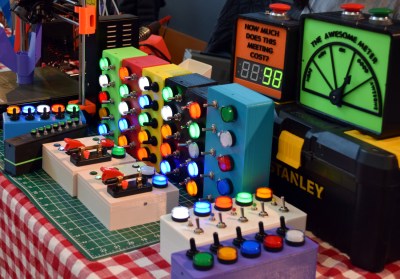Meet the little board that could: [alcor6502]’s tiny USB relay controller, now evolved into a multifunction marvel. Originally built as a simple USB relay to probe the boundaries of JLCPCB’s production chops, it has become a compact utility belt for any hacker’s desk drawer. Not only has [alcor6502] actually built the thing, he even provided instructions. If you happened to be at Hackaday in Berlin, you now might even own one, as he handed out twenty of them during his visit. If not, read on and build it yourself.
This thing is not just a relay, and that is what makes it special. Depending on a few solder bridges and minimal components, it shape-shifts into six different tools: a fan controller (both 3- and 4-pin!), servo driver, UART interface, and of course, the classic relay. It even swaps out a crystal oscillator for USB self-sync using STM32F042‘s internal RC – no quartz, less cost, same precision. A dual-purpose BOOT0 button lets you flash firmware and toggle outputs, depending on timing. Clever reuse, just like our mothers taught us.
It’s the kind of design that makes you want to tinker again. Fewer parts. More function. And that little smile when it just works. If this kind of clever compactness excites you too, read [alcor6502]’s build log and instructions here.


















